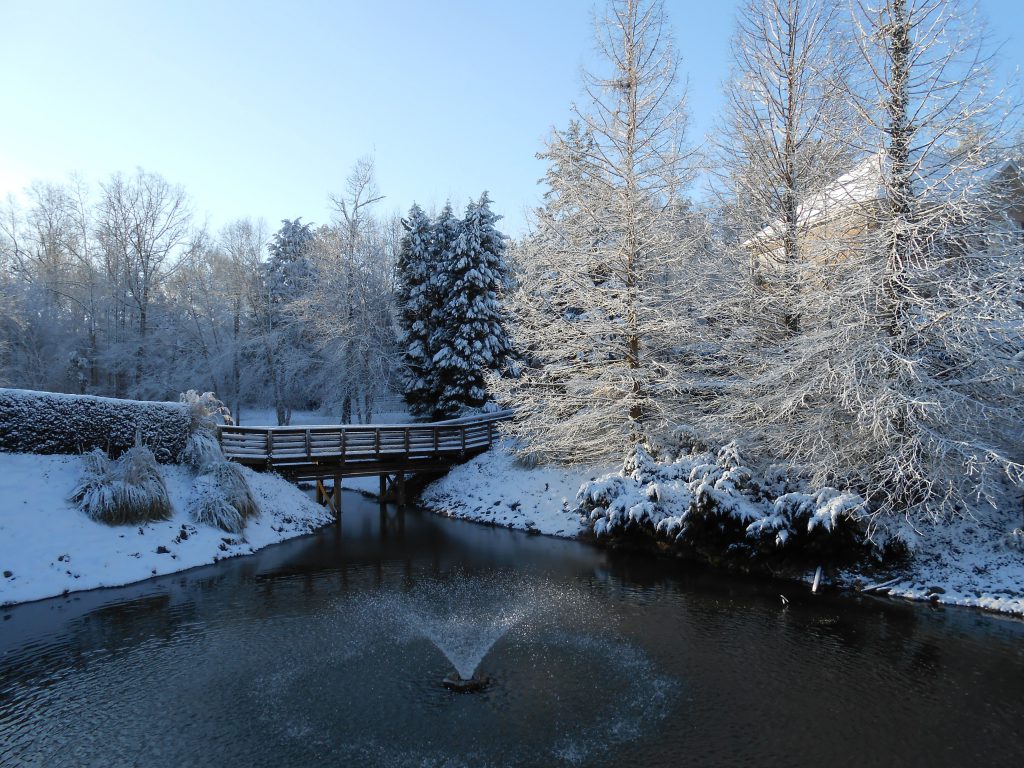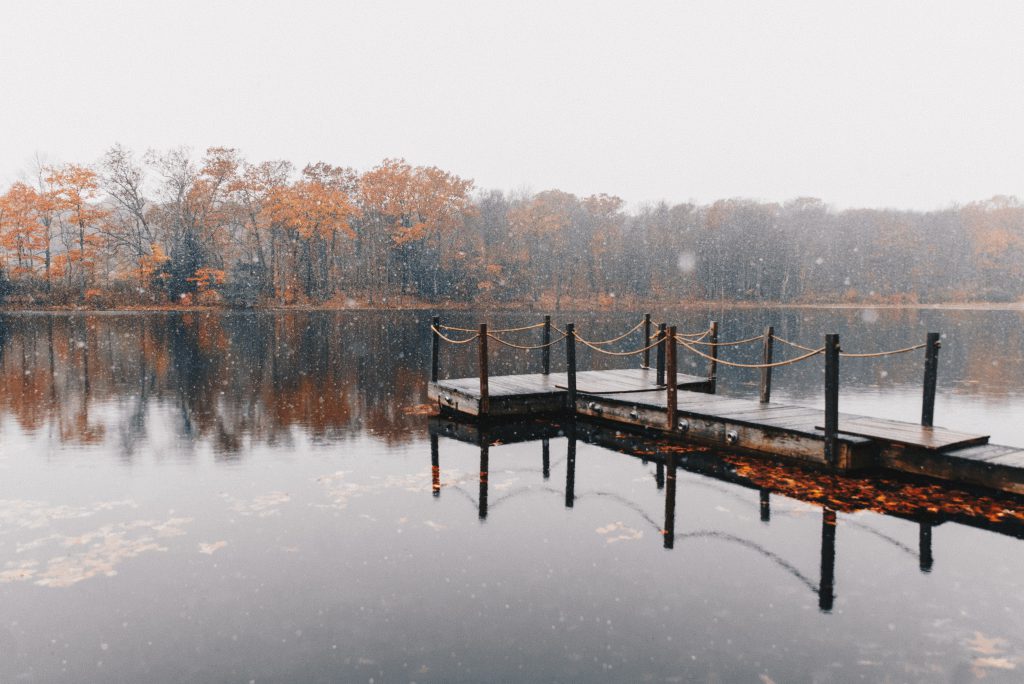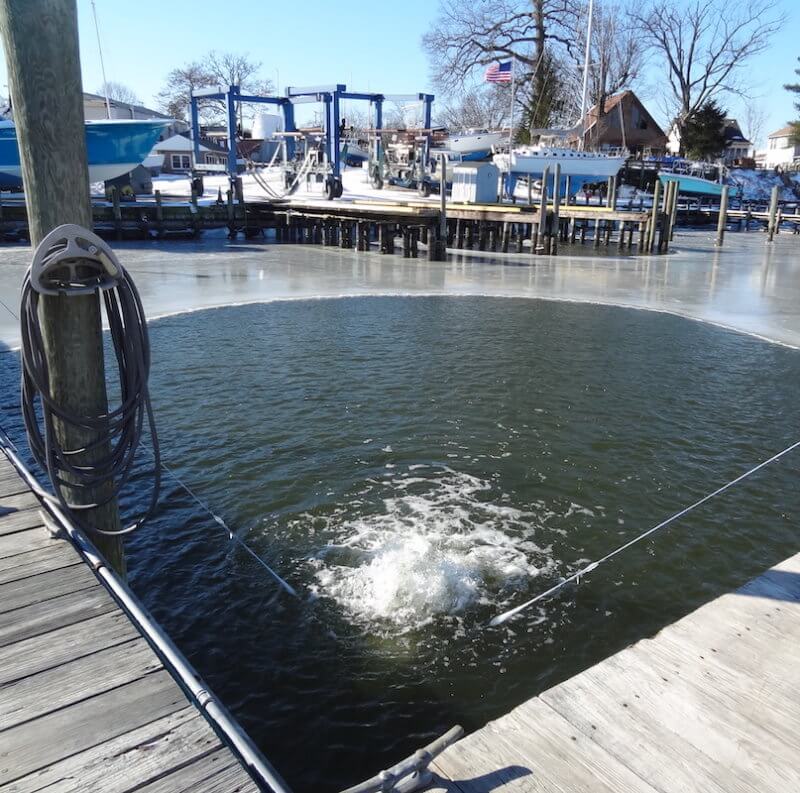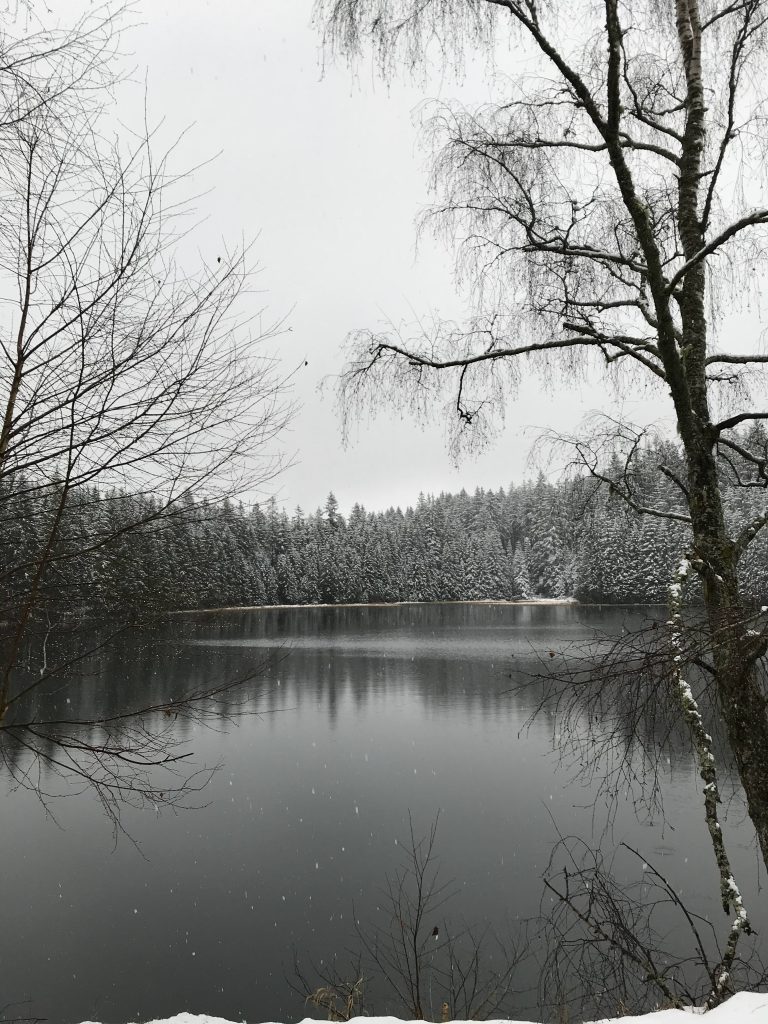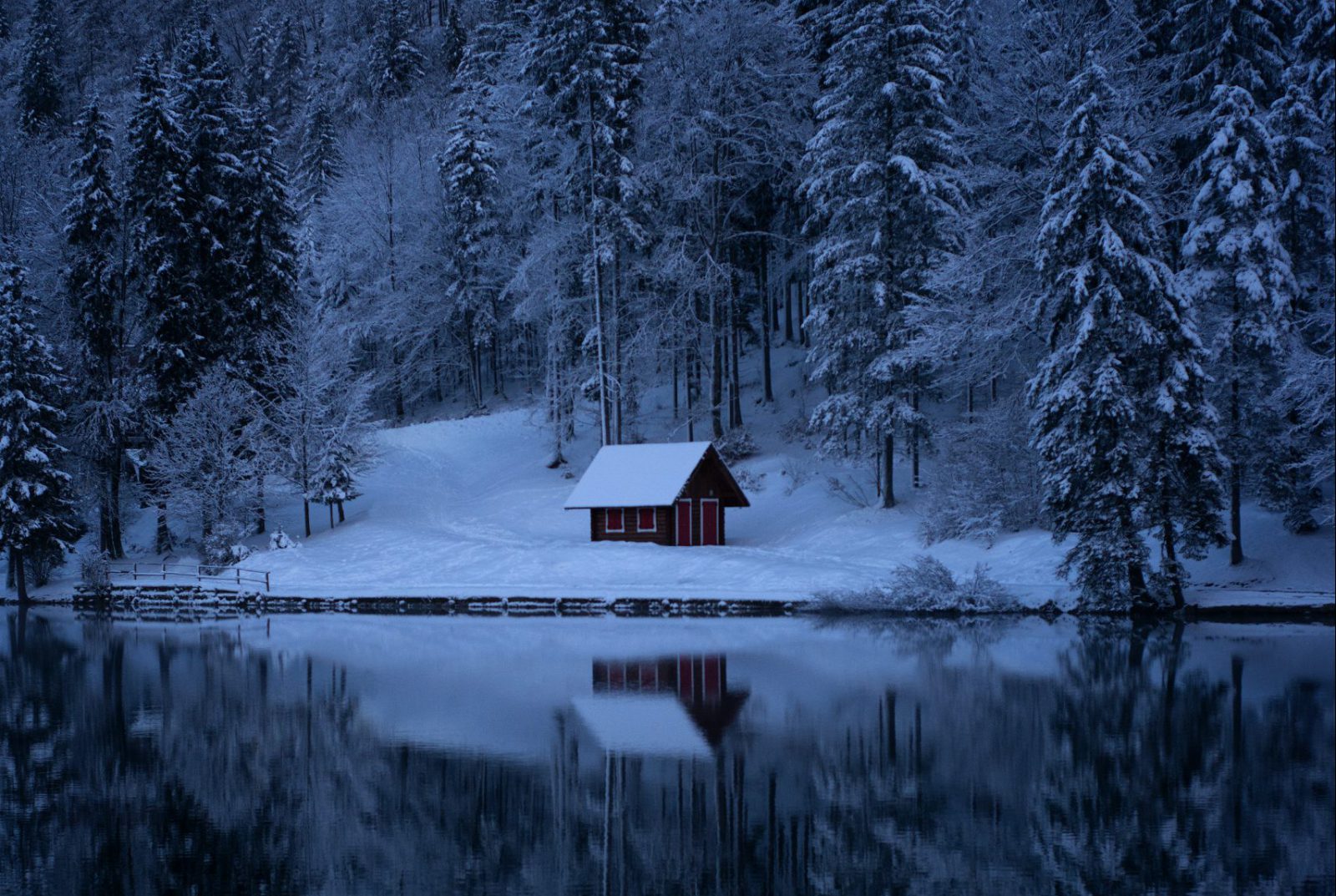
Prep Your Lake or Pond for Winter with This Guide
As summer ends and fall begins in regions that experience snowy winters, you may start wondering – do I need to do anything to my lake or pond during winter? Afterall, beyond the possibility of ice fishing or ice skating, it doesn’t get much use or attention once water temperatures dip below 70 degrees.
But whether you’re a harbormaster, a community association manager, or stakeholder for a waterfront property that’s looking for some guidance, there are some best practices and “must-do’s” to prepare any permanent or temporary dock for winter. By taking proactive steps during the cooler months, you can set your waterbody up for maximum enjoyment, desirability, safety, aesthetics, and value come spring.
Key Terms for Lake and Dock Winterization
- Floating Dock: Docks that float in the water without an anchor or foundation embedded into the bottom of the waterbody; designed to rise with the water level
- Permanent / Fixed Dock: Stationary, permanent docks that are fixed in place, regardless of water levels
- Rub Rails: A covering on top of rails and edges of a dock; often made of rubber and intended to prevent dings and scratches on boats
- De-icers: Devices of varying kinds intended to circulate or introduce oxygen within water, preventing ice from forming
- Surface Aerators / Agitators: Floating or dock-mounted units that work by circulating water to the surface, preventing ice from forming in that area
- Submersed De-icers / Lake Bubblers: Releases air bubbles via a submerged hose connected to an air compressor on land
Preparing Your Pond Fountain for Winter
All through the spring, summer, and fall, your fountains have been hard at work. But when temperatures begin to drop, especially in extreme northern regions, it’s typically recommended to remove floating fountains from the waterbody and store them to ensure that they don’t become damaged from ice and prolonged freezing temperatures. This includes hoses, pumps, and any other associated equipment.
This window of time is an excellent opportunity to have the fountains professionally examined, tested, and repaired as may be needed. Much like a vehicle, fountains require oils and seals changes so they can perform without failure or replacement for as long as possible.
Dock Winterization Checklist
Docks typically do not require extensive hands-on work, but annual maintenance services can help keep them in top shape and extend their lifespan. Professional recommend checking off the following each year:
- Pull floating docks out of the water and store them in secure areas
- Ensure that pumps, hoses and drains are completely devoid of water
- Keep docks and marinas clear of ice and snow throughout the winter months
- Power wash as a final cleanse before any staining or storage
- Apply stains while water levels are low and not likely to wash off or interfere with the setting
- Check that finishes are still completely sealed and re-apply as may be needed
A Guide to Lake and Dock De-Icing
If your dock is a permanent fixture in your waterbody, you will want to prevent damage by keeping it free of ice. Without proper preventative care and maintenance, ice can cause detrimental problems such as:
- Dock warping or breaking
- Destruction of mechanical or structural components
- Damage to docked boats
Of course, the best lake de-icing solution for your waterbody depends on its size, the layout of targeted areas, and more. These should be strategically planned and placed by a professional to ensure they work as efficiently as possible, as well as to avoid damages and the resulting repair costs. Damages caused by the selection of improper equipment or poor placement may include:
- Thin ice that’s hazardous to users
- Open water areas that are too large, leading to ice damage during spring melts
- Unintended impacts on beneficial plants, fish, and native wildlife
Get Started On Winter Prep: Protect Your Lake or Pond
A lot goes into implementing a de-icing solution, and a lot that can go wrong if you fail to do so. It may be tempting to simply purchase a couple of de-icers and haphazardly place them around your dock – hoping for the best – but a professional can serve as a source of knowledge and support to prevent inefficient systems, dangerous conditions, and damage to boats and structures.
Set Your Waterbody Up for Success with Winterization
Partnering with an experienced aquatic expert on a de-icing strategy will help ensure your waterbody is properly winterized and set up for another successful year of kayaking, swimming, boating, and fishing. Experts can also work with you to implement other proactive solutions that preserve the longevity of the waterbody for years to come, including nuisance weed and algae management, nutrient remediation, shoreline restoration, mechanical hydro-raking and more.
Prioritize Your Waterbody with Expert Care
Contact Us to Start Your Winter Prep
Call us at 888-480-5253 or complete the form below to connect with an aquatic management expert.
SOLitude Lake Management is a nationwide environmental firm committed to providing sustainable solutions that improve water quality, enhance beauty and preserve natural resources.
SOLitude’s team of aquatic scientists specializes in the development and execution of customized lake, stormwater pond, wetland and fisheries management programs. Services include water quality testing and restoration, algae and aquatic weed control, installation and maintenance of fountains and aeration systems, shoreline erosion control, muck and sediment removal and invasive species management. SOLitude partners with homeowners associations, golf courses, private landowners, businesses and municipalities. SOLitude Lake Management is part of Rentokil, a leading business services company, operating across the United States, Canada and Puerto Rico.
For more information, visit SOLitude Lake Management at solitudelakemanagement.com, and connect on Facebook, LinkedIn and Twitter.








